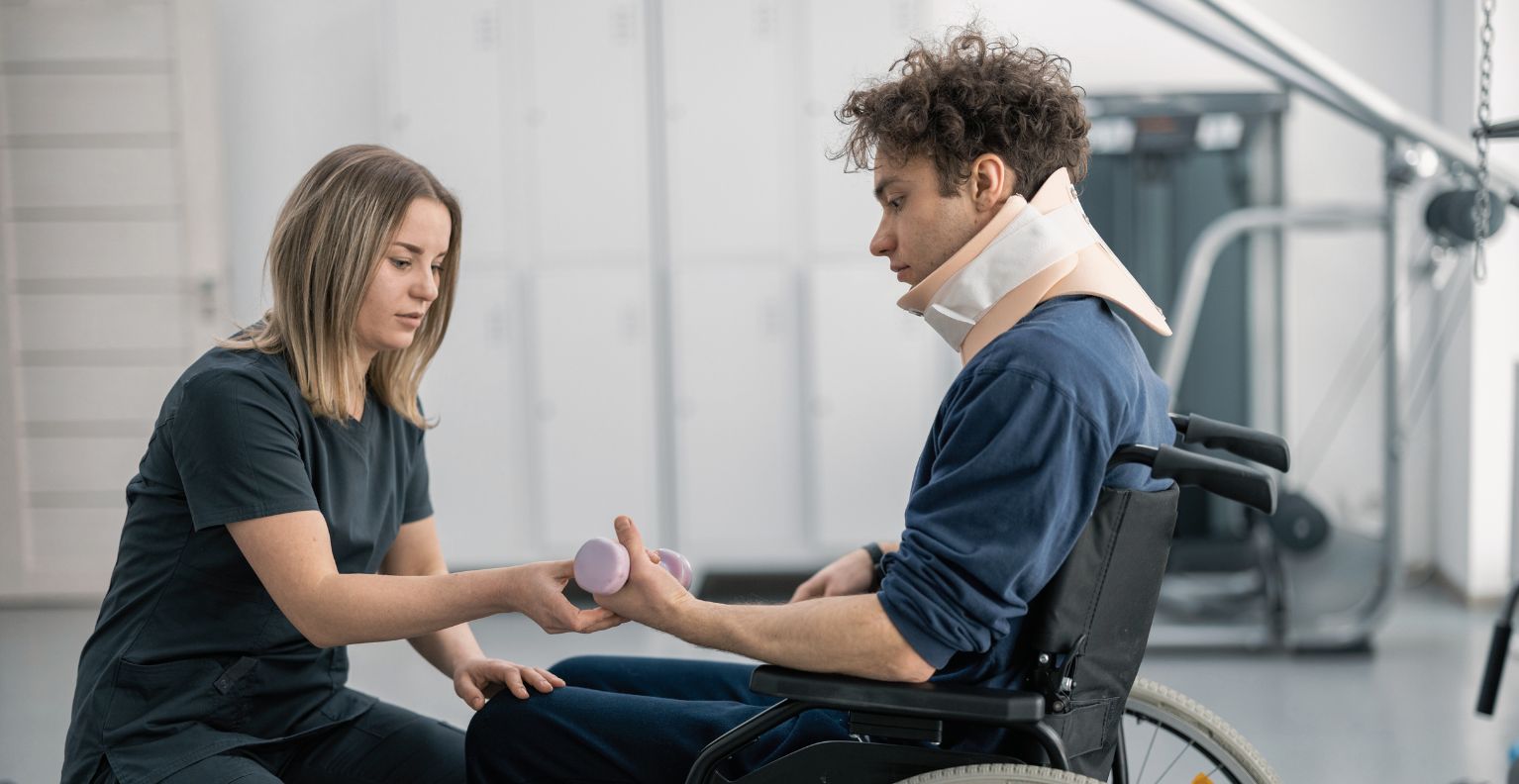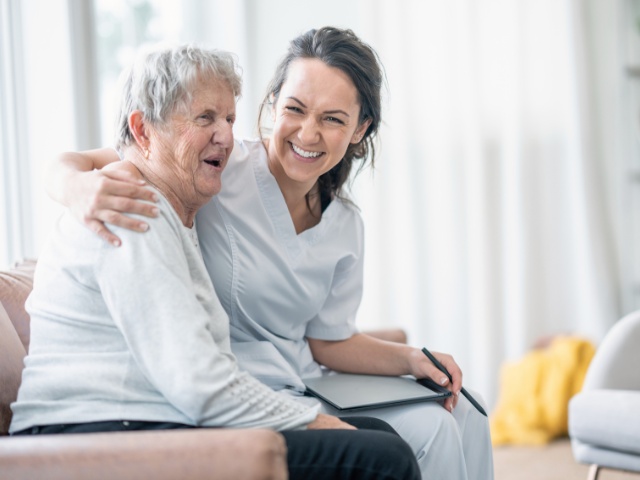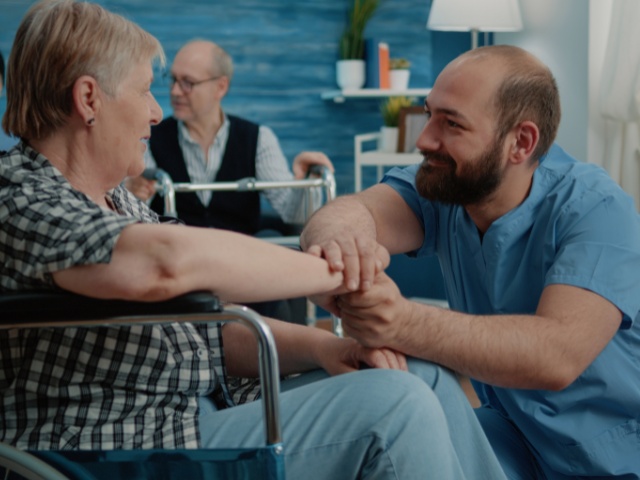
Physiotherapy for Enhanced Mobility in Kerala
Introduction
Physiotherapy is a cornerstone of rehabilitation, essential for restoring mobility, improving strength, and preventing complications. In Kerala, where healthcare is increasingly community-based, physiotherapy programs often integrate local culture, resources, and family support, making rehabilitation more accessible and personalized.
Role of Physiotherapy
Physiotherapy helps address musculoskeletal issues, neurological disorders, and post-surgical recovery. By focusing on exercises that target specific muscle groups, therapists aid patients in regaining balance, coordination, and range of motion. The individualized nature of therapy ensures each patient’s unique mobility needs are met.
Community Integration
In many Keralite neighborhoods, families and volunteers rally around individuals in need, offering transport to therapy sessions and moral support. Some physiotherapists make home visits, particularly for bedridden patients or those with limited mobility. This approach reduces travel stress and allows therapists to tailor exercises to the patient’s home setting, ensuring ongoing progress in a familiar environment.
Common Techniques
Manual Therapy: Hands-on techniques for joint mobilization and soft tissue release.
Exercise Therapy: Targeted programs to strengthen weak muscles, improve flexibility, and enhance endurance.
Assistive Devices: Walkers, braces, and specialized footwear can ease mobility challenges, helping patients navigate daily tasks more independently.
Success Stories
Kerala’s comprehensive healthcare network has seen numerous success stories of patients regaining near-normal movement through diligent physiotherapy. Stroke survivors, for instance, have demonstrated remarkable improvement by combining therapy sessions with consistent home exercises and lifestyle adjustments like balanced nutrition.
Challenges
Access to well-equipped physiotherapy centers can be limited in rural areas. Additionally, consistent adherence to exercise programs can be difficult without proper motivation or family support. However, the growing use of telehealth and community healthcare initiatives is helping bridge these gaps, allowing patients to stay connected with professionals from afar.
Future Directions
Advancements in technology, such as virtual reality (VR) rehabilitation and app-based exercise tracking, are poised to revolutionize physiotherapy. Kerala’s receptive attitude toward digital solutions can accelerate the adoption of these innovations. Moreover, the expansion of specialized centers like VPRC’s planned physiotherapy unit will further streamline services.
Conclusion
Physiotherapy stands as a beacon of hope for individuals aiming to reclaim mobility and independence. By harmonizing medical expertise, familial engagement, and community support, Kerala’s healthcare system proves that rehabilitative success is within reach, even for those facing significant physical hurdles. Whether through structured in-center programs or in-home therapy sessions, physiotherapy remains a powerful tool in ushering patients toward a more active, fulfilling life.





